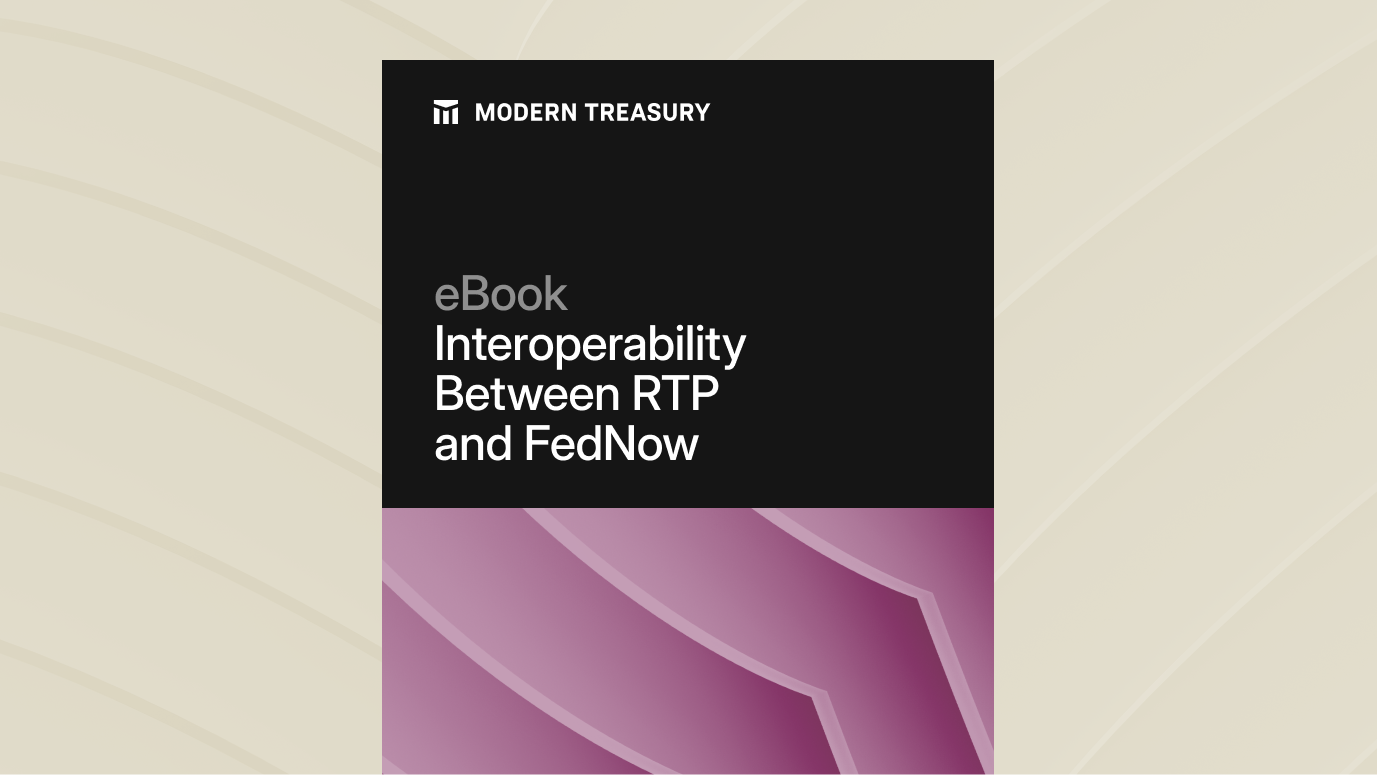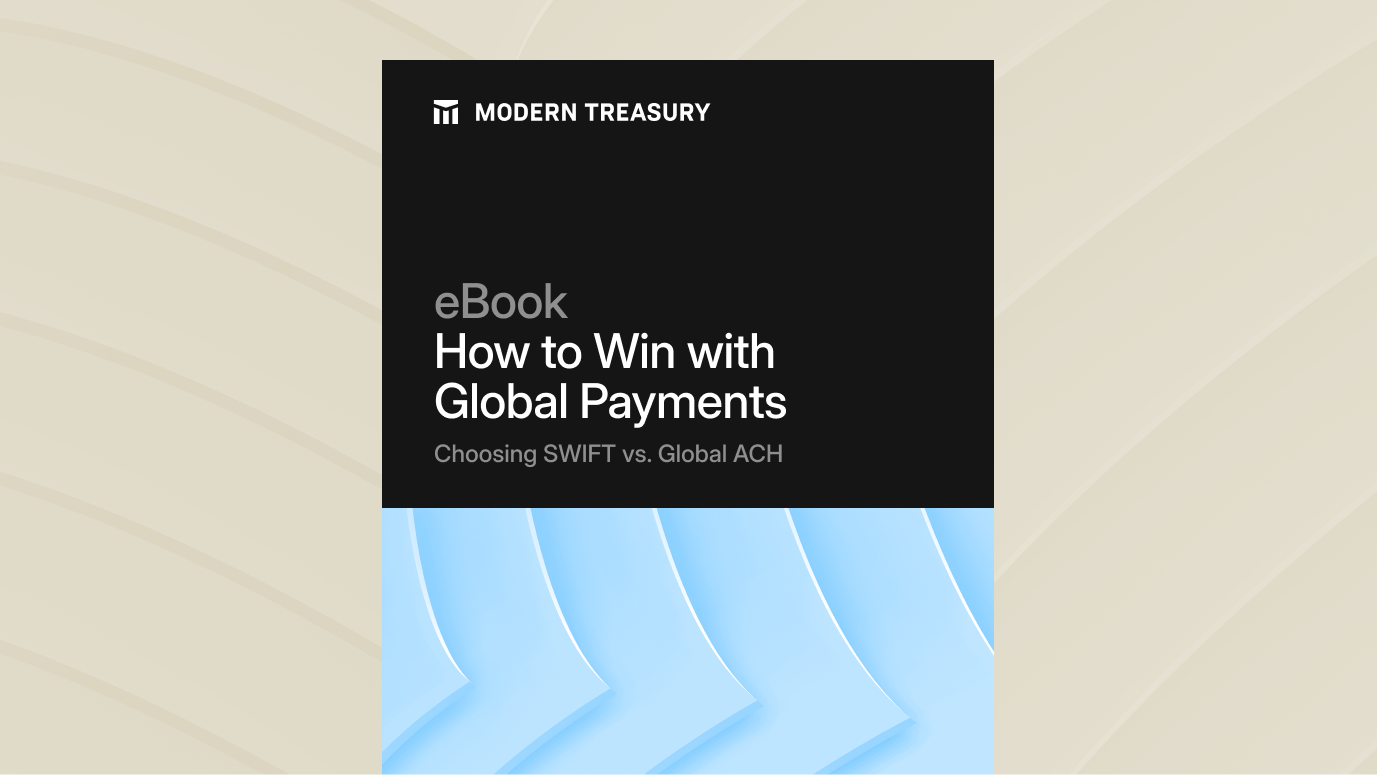Join us at Transfer 2025 to hear how industry leaders are building payments infrastructure for a real-time world.Register Today →
The Top 5 ACH Payment Types and an ACH Payment Glossary
The ACH network supports dozens of payment scenarios. These categories appear as a unique 3-character Standard Entry Class (SEC) code with every entry. The SEC code dictates which rules and regulations apply to a given payment, who can start them, and under which specific scenarios they can occur. This list is not exhaustive, but we have included descriptions for SEC codes companies are likely to receive or start themselves.

The ACH network supports dozens of payment scenarios. These categories appear as a unique 3-character Standard Entry Class (SEC) code with every entry. The SEC code dictates which rules and regulations apply to a given payment, who can start them, and under which specific scenarios they can occur. This list is not exhaustive, but we have included descriptions for SEC codes companies are likely to receive or start themselves.
Top 5 Payment Codes
CCD
A Corporate Credit or Debit entry facilitates B2B payments between two separate companies or a single company consolidating the cash it holds at various financial institutions.
CTX
A Corporate Trade Exchange entry is like a CCD entry but requires the originator to include extra remittance data in the form of addenda records. This extra information shows that the entry is for the payment of a single or many invoices and must be encoded in a specific ASC X12 or UN EDIFACT format.
PPD
A Prearranged Payment and Deposit entry is a credit or debit to a consumer's bank account. The payment can be either single-use or recurring. In most B2C contexts, PPD is by far the most commonly used SEC code.
TEL
Telephone-initiated entries happen when debiting a consumer bank account using authorization given over the phone. Operating guidelines state that the originator and receiver must have a pre-existing relationship, or if none exists the receiver of the debit (i.e. the consumer) must have been the one to make the phone call.
WEB
Internet-initiated/Mobile entries happen when debiting a consumer bank account using authorization given over the internet or a "wireless" network. These debits can either be single-use or recurring, like PPD entries.
These five SEC codes make up the majority of payment-related entries we see at Modern Treasury. There are some lesser-used codes that are worth mentioning because of their unique usage constraints:
Payment Code Glossary
ARC
Accounts Receivable entries happen when debiting the account of someone who has mailed a check to the originator. The signed check acts as the authorization for the debit. The check number appears in the entry description. Large corporate accounts receivable departments are the primary source of entries with this code.
BOC
A Back Office Conversion entry is like ARC, but the check must be presented in person either at a point of sale or to a manned bill payment location.
CIE
A Customer-Initiated entry is a credit made on behalf of a consumer to a biller. Bill-pay services often use a CIE entry on behalf of a consumer after a successful PPD/WEB debit.
IAT
International ACH must meet three requirements. The basic formula for whether an entry should be marked as international is based on the answer to the following questions: Is the entry a payment instruction? Is the entry going to a financial institution outside the United States? Does the resulting payment eventually flow through the ACH network in some way? If the answer to all three of these is "Yes,” then the entry is an IAT.
POP
A Point of Purchase entry is like BOC, but the check must be immediately converted upon presentment into a debit. This removes some of the flexibility that BOC offers, namely that originators can choose to either cash the check or convert it into ACH after receiving them. The benefit is that the check does not need to be signed or completed. The originator can scan the routing and account numbers from the MICR line.
RCK
A Re-Presented Check entry is a debit from a consumer account based on a returned check that failed to cash due to insufficient funds. There are several restrictions that come with this entry code. The debited amount must be less than $2500, the date on the original check must not be older than 180 days, and the check must not have been presented for payment a certain number of times.
This list covers all the payment-related SEC codes, but there are many more codes that cover informational messages sent between originators and receivers. Let us help you decode your payments. Reach out to Modern Treasury for a demo.
From ACH to instant payments, in one platform
Learn why smart payment operations can make or break your business.







